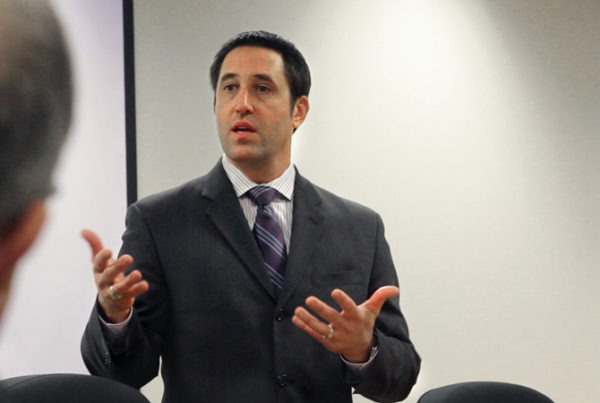Speed bumps are an annoying staple of subdivisions and parking lots. But beyond the headaches they give drivers, a new report from Imperial College London is giving people a whole new reason to talk about them. According to the report, the bumps in the road might be taking a toll on the environment.
Tyler Cowen, a professor of economics at George Mason University and a contributor to Bloomberg has looked into the pros and cons of speed bumps. He says British concern about their toll on the environment may drive reductions in their number throughout that country.
“They’re talking about having no speed bumps for environmental reasons,” Cowen says of the U.K. plan. “Cars and trucks have to slow down and then speed up again, and that means more emissions, more carbon in the air [and] ultimately more global warming.”
But in addition to the toll they might take on the environment, Cowen says there are other reasons speed bumps might be causing more trouble than they’re worth.
“[People] can swerve around the speed bump…[or] might take other routes altogether, which could be more dangerous,” Cowen says. “So even though they look safe, one point I make in the article is you don’t necessarily end up any safer.”
Even though removing speed bumps would be a headache, Cowen says many people’s persistence in pursuing the idea in England is testament to the enormous problems they cause. However, that country might never actually see those changes made.
“In most politics there’s status quo bias, so what we have tends to persist,” Cowen says.
In the U.S., Cowen says, it’s even less likely we’ll see fewer speed bumps any time soon. A growing desire to decrease the speed of traffic in suburban areas bodes well for the future of bumps in the road.
“We have much more federalism than they do so we make decisions more locally,” Cowen says. “Maybe a few parts of this country will start to copy them, but I’m not so hopeful.”
Written by Morgan O’Hanlon.

















